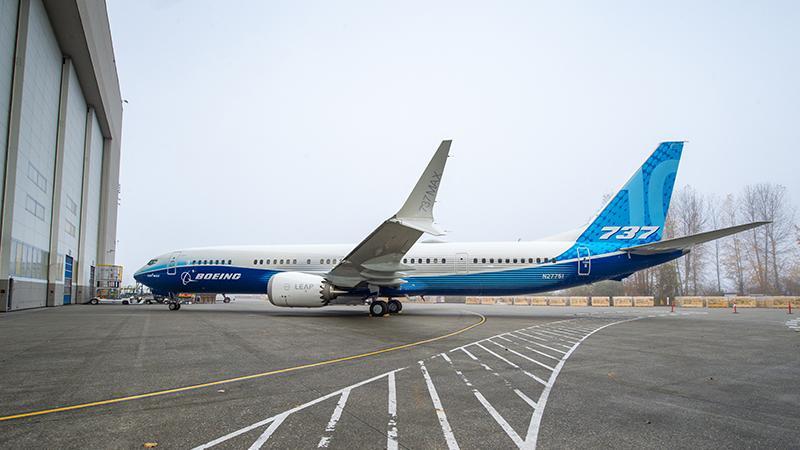
One way for airframers to keeps costs down is to grant single-source supply agreements for components on the aircraft.
The chosen supplier can then drop its prices in return for exclusivity – usually for a certain period of time – and the greater volume of sales this will bring versus a competitive arrangement.
In turn, this allows the aircraft manufacturer to lower its list price, which serves as the basis from which airlines and lessors negotiate their discounts.
However, it also limits the options of airlines in the aftermarket. Either when it comes to choosing a maintenance provider or when buying spare parts.
This drives up maintenance costs, offsetting some of the gains that the airline made with a lower purchase price. The size of that offset is difficult to assess, though, since it involves estimating what the price of parts or services would have been, had there been competition.
Furthermore, the pressure on OEMs from airlines and lessors to keep acquisition prices down will in many cases be greater than their desire for lower aftermarket costs.
This is likely true of lessors, which are on track to take the majority of global aircraft deliveries this year.
Lessors are primarily concerned with the financial costs of aircraft, leaving their airline customers with responsibility for maintenance.
However, that is not to say they do not care about long-term maintenance costs, given their need to negotiate maintenance reserves and even pick up the tab themselves in certain cases of airline default.
“Lessors are the ultimate owners and in cases such as now when they have to repossess aircraft it is them who have to pay,” notes Phil Seymour, president of IBA. “Of course, when things are going well the airline has to pay for all of the maintenance but when the muck hits the fan the lessors are directly paying.”
For more about the balance between acquisition and lifecycle costs, see the forthcoming Inside MRO.





